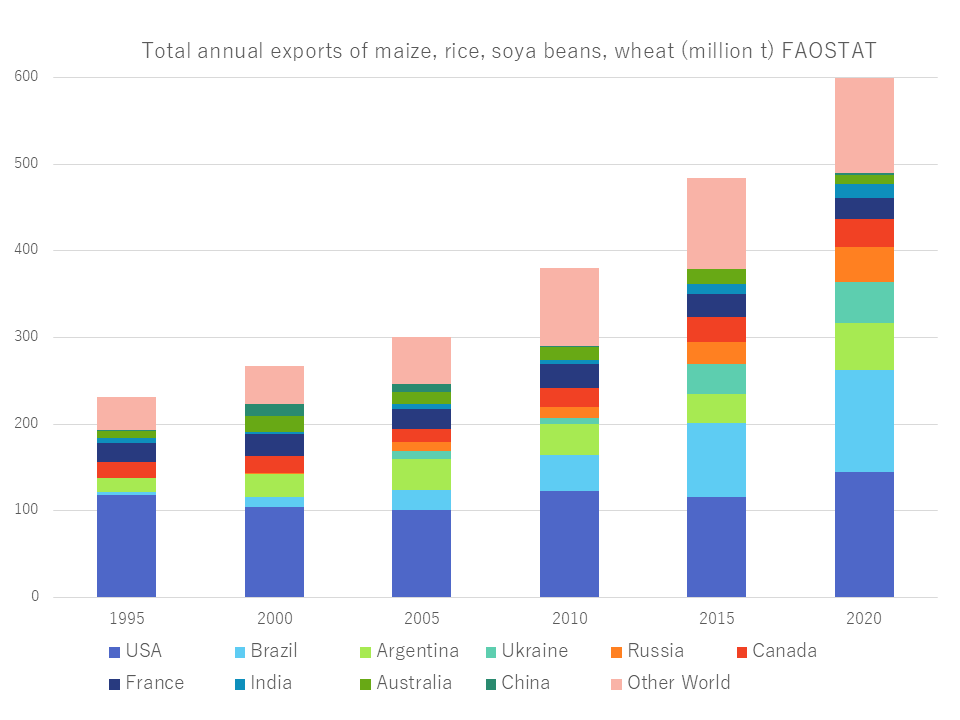Pick Up
1154. The Growth and Fragility of the Global Food Trade

1154. The Growth and Fragility of the Global Food Trade
A recent op-ed published in the journal Science, titled "Eating the Earth," warned that the world's food trade, a lifeline for billions of the world's population, is burgeoning but fraught with vulnerabilities.
Since the 1960s, despite the rapid growth of the world's population, the growth of food production and the growth of the world food trade have made it possible to secure food in countries that are not suitable for food production, and a variety of foods imported from far-flung places have graced the menus.
However, recent research has highlighted that global food trade is costly. The burden on the environment increases and can endanger public health. And as the COVID-19 pandemic and Russia's invasion of Ukraine have made clear, the food trade is becoming increasingly vulnerable to global disruptions.
It is estimated that about one-quarter of the world's food is traded in international markets, with the majority of it supplied by 10 countries. Food trade is inextricably linked to financial markets, geopolitics, climate, and disruptions in canal traffic. To maintain food security, we need to see the big picture.
(Reference)
Eating the earth. The burgeoning global food trade is a lifeline for billions, but it is fragile and hard on the planet https://www.science.org/content/article/burgeoning-global-food-trade-li…
Contributor, IIYAMA Miyuki, Information Program
